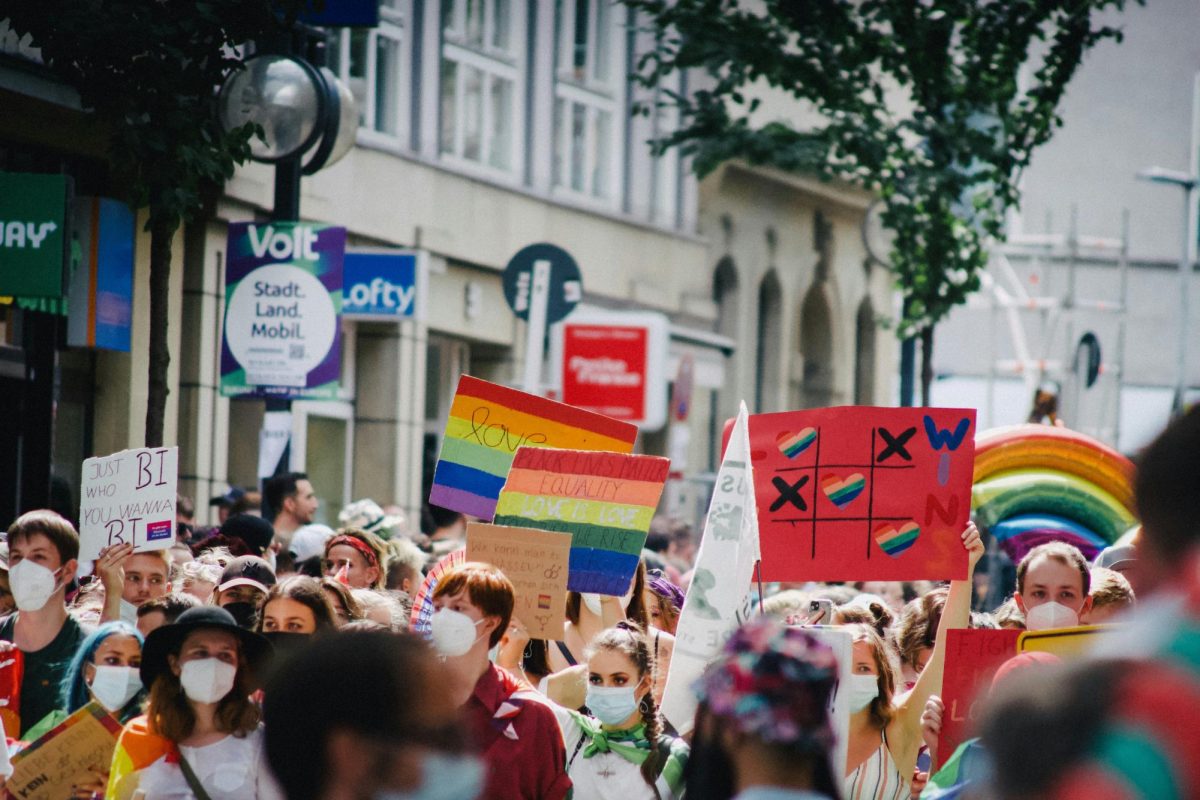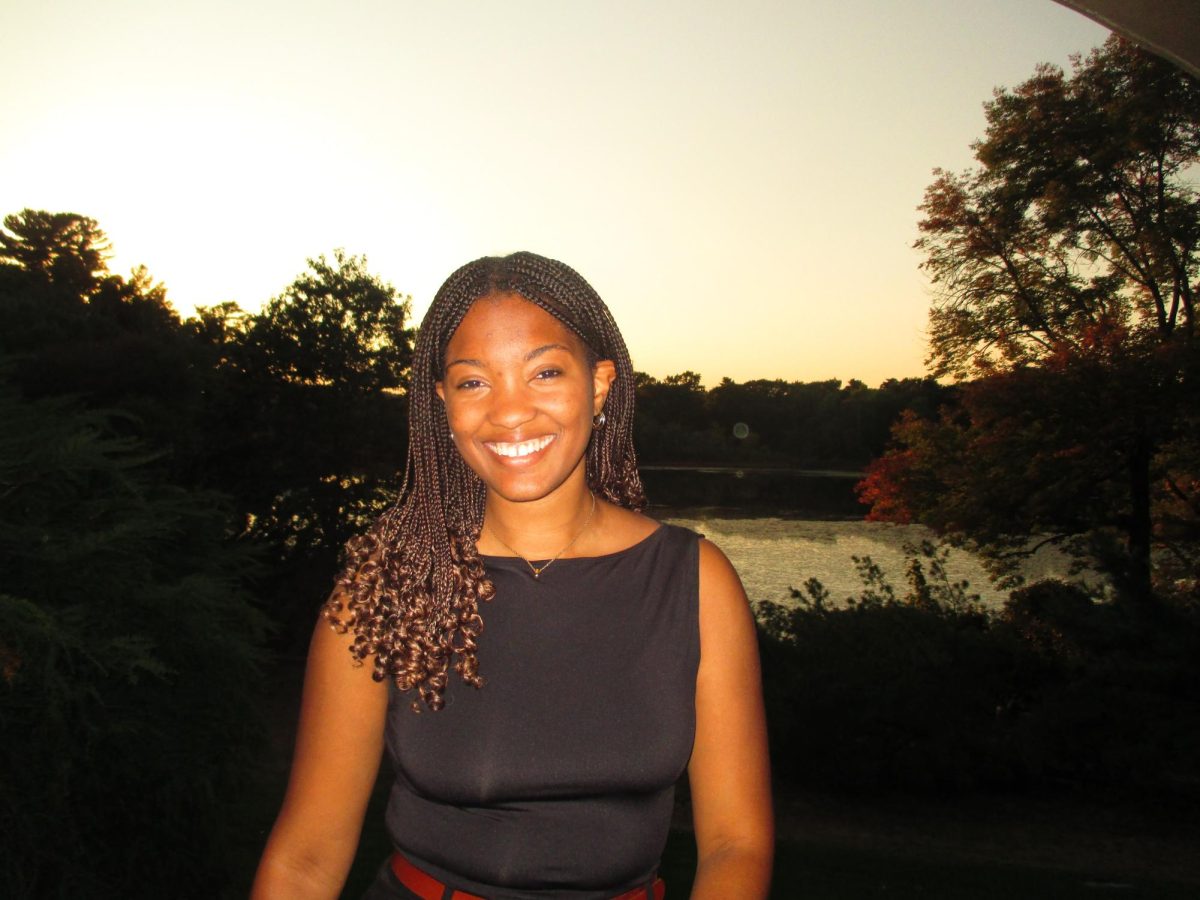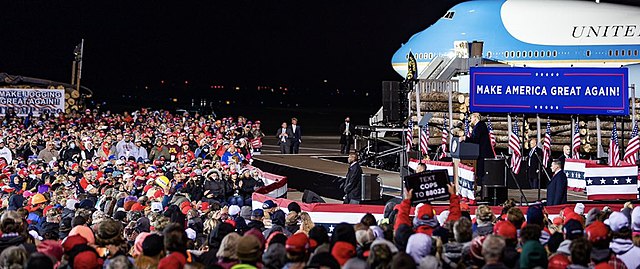I am an Indian American Muslim. I am one of four Indian Muslims or Indian American Muslims (that I know of) out of the 2,466 students enrolled at Wellesley.
I came to this realization a couple weeks ago, and have been trying to track down any other Indian Muslims ever since. Those two weeks of research (which essentially consisted of texting everyone I could think of: student org presidents, well-connected seniors and Wellesley alumnae) brought me the names of three other Indian Muslims, only one of whom is an international student from India.
According to the Slater Center’s report of the number of international students for Fall 2021, there are 32 Indian international students currently enrolled at Wellesley. Of the Indian population of 1.38 billion people, Muslims comprise about 13%, which is currently 172 million. If you apply that percentage to Wellesley’s Indian international student population, the number of Indian Muslims should be four. There is one.
Indian American Muslims comprise about 13% of Indian Americans as well. I was not able to get a specific number on the number of Indian American students at Wellesley. Admissions categorizes students of Asian descent as just Asian. The rough number of Indian American students, based on the people I surveyed through texts and Instagram DMs, is anywhere between 30-50 students, so the total Indian student population would be from 60-80 students. By that estimate, there should be between four to six Indian American Muslim students. There are three.
Granted, these numbers are mostly rough estimates, but either way, they are not what they should be. But these numbers were also not surprising to my parents when I discussed this with them. They were, in fact, not very surprising to anyone I talked to.
So why were they surprising to me?
I was born in Los Angeles, CA and attended a private school that had one other Indian person when I was in second grade. When we moved to India, the three schools I attended also only ever had one or two Muslims that I knew of. Then we moved to Albany, NY, and there were more Indian Muslims than I had ever encountered in school.
I am still not sure exactly what made Albany so special, but I went to school with at least six or seven other Indian American Muslims that I can name, and there were more beyond just my school district too. Most of our community is pretty homogeneous, since it was basically all South Asian Muslims, Pakistani or Indian, but there were enough that there could be an entire community of them, outside of just our family. I am well aware of the significant privilege my family has, in being able to come here and build a life here. We have a house of our own now and are living the American dream. But not all Indian Muslims, who are socially and economically marginalized throughout India are so lucky.
Honestly, navigating our identities as members of the South Asian diaspora is already difficult. The discovery that I was one of three Indian Muslims at Wellesley sent me into a whole other identity crisis. I knew I was a minority, but I didn’t think I was that much of a minority.
As The News’ resident writer on the importance of representation, I obviously looked to TV, movies and books, like I always do. If I don’t find people like me physically around me, then I look to stories.
It took a lot of digging to find more than the three I could name: Hasan Minhaj, whose parents went to the same university as mine, Fareed Zakaria, who my father watches at home every Sunday morning, and Aziz Ansari, who is best known for his role in “Parks and Recreation” (who was also accused of sexual misconduct in 2018, so that was not the representation I was looking for). There was also Aasif Mandvi, who is British American of Indian descent (which was a bit of a reach on my part), Azhar Usman, a comedian and actor who will appear in “Ms. Marvel” next year (yay!), and two authors: Fatima Farheen Mirza and Samira Ahmed, also the only two relatively well-known Indian American Muslim women I could find.
Interestingly, of the few names I found, most were children of graduates of Aligarh Muslim University, the lauded Indian university which was established to make education accessible to Indian Muslims. AMU apparently has a generational impact as well.
After all the different environments I have lived in, I have stopped being so conscious of where I “don’t belong,” but every time I feel like I go two steps forward, I come one step back. I wish I didn’t notice these things, I really do, but at a place where I have met the most different kinds of people ever in my life, I really did hope I would find more of my kind too. I have been told that this was to be expected, and that it really is a matter of chance, because how many Indian Muslims did I really expect would end up here at Wellesley, a small liberal arts college, but it still stood out to me all the same.
I know this all sounds very entitled. There is a huge South Asian community and Muslim community here, and multiple student orgs that are dedicated to making a safe space for South Asian and Muslim students as well, so I am very privileged to find the number of Indian Muslims as my only problem. But people always assume I am Pakistani, which isn’t necessarily a bad thing, but it is not what I am. There are about 172 million Muslims in India, who are not acknowledged or given much of a spotlight in most Indian or South Asian Muslim communities.
Here at Wellesley, I have not been very sure where to place myself either. Everyone in WASAC (the Wellesley Association of South Asian Cultures) and ALM (Al-Muslimat, the Muslim students’ organization) has always been nice to me, but every time I go into these spaces I am reminded that there are very few people like me. WASAC is dominated by Indian Hindus, and ALM is dominated by Pakistani Muslims (although it is quite diverse too). There is also the Pakistani Students’ Association (PSA) as well, but I am not Pakistani, so however wonderful they may be as people, it is not a place for me.
This lack of acknowledgment of South Asian Muslims outside of Pakistani Muslims was even more apparent in Shruti Laya, WASAC’s biggest event of the year. This year’s theme was finding hope through culture, amidst all the events of the terrible year we have all had. In order to keep their audience informed, they played a video which covered the political events in South Asia of the past year. They included information about events across South Asia, not just India and Pakistan. But amidst all that important information, there was nothing about the rise of Hindu nationalism or the Citizenship Amendment Act proposed in 2019, which fast-tracked citizenship of immigrants from non-Muslim religious minorities if they are coming from Pakistan, Afghanistan or Bangladesh. Protests about this bill began in December 2019, and it still continues to be a pressing issue. Indian Muslims are faced with discrimination and violence every day. When I lived there, I was told I was Pakistani, continuously, for almost a year, all because I was Muslim.
The WASAC video also did not include anything about the abrogation of article 370 of the Indian Constitution by the Indian government, which essentially revoked Kashmir’s partial autonomy in 2019. Granted, the revocation did not happen in the last year, but tensions and dangerous conditions still continue in Kashmir today.
PSA did include an acknowledgment and explanation of the situation in Kashmir in one of their performances, and two of the WASAC e-board members did briefly mention that Hindu nationalism was an issue in India, but neither of those issues were given WASAC’s full acknowledgement in their video.
As opposed to complaining about it, you could say that I should just be more involved in WASAC and change things from within. But I don’t want the onus to advocate for Indian Muslims or Kashmiris (who also do not necessarily identify as Indian) to be just on the four students who are Indian Muslim and the one that is Kashmiri. These issues should not have to directly affect members of WASAC for them to choose to care.
Throughout the event, they emphasized multiple times that WASAC was working towards centering non-Indian and non-Hindu voices. Until WASAC and the South Asian community on Wellesley campus actually puts action behind their proclamations of their commitment to centering all non-Indian and all non-Hindu voices, especially in their choices in political activism, their goal of inclusion will remain far from their reach.
EDITOR’S NOTE: The print version of this article states that the total number of Indian Muslims was three. There are actually four. The online version of this article has been edited to reflect the actual number.



